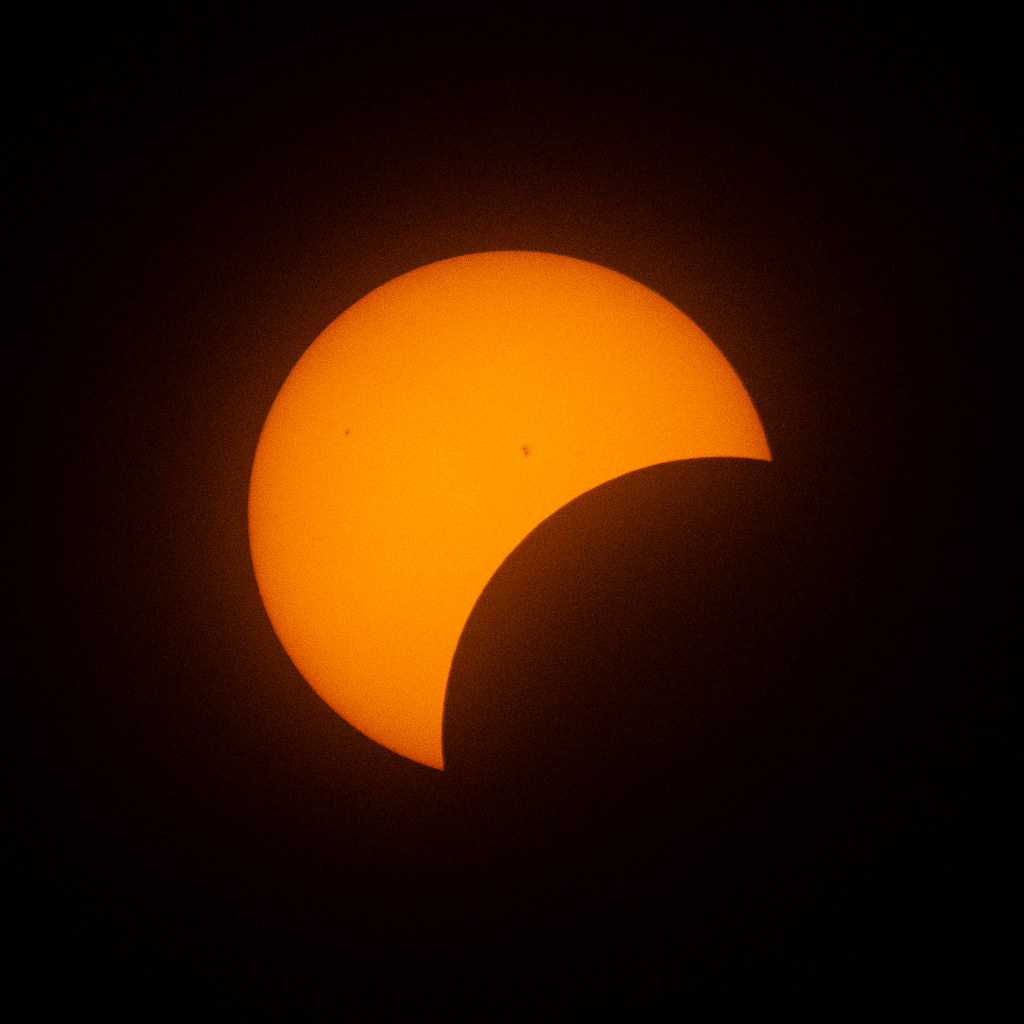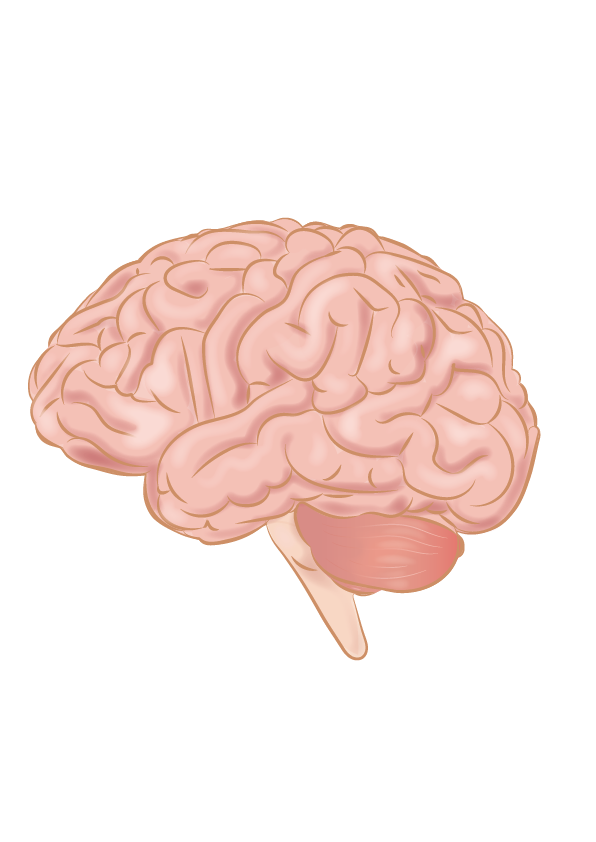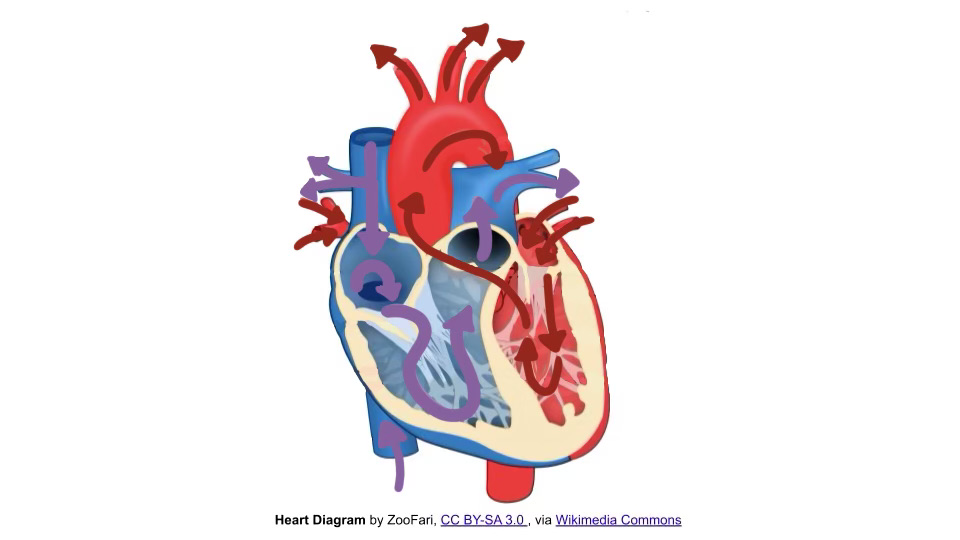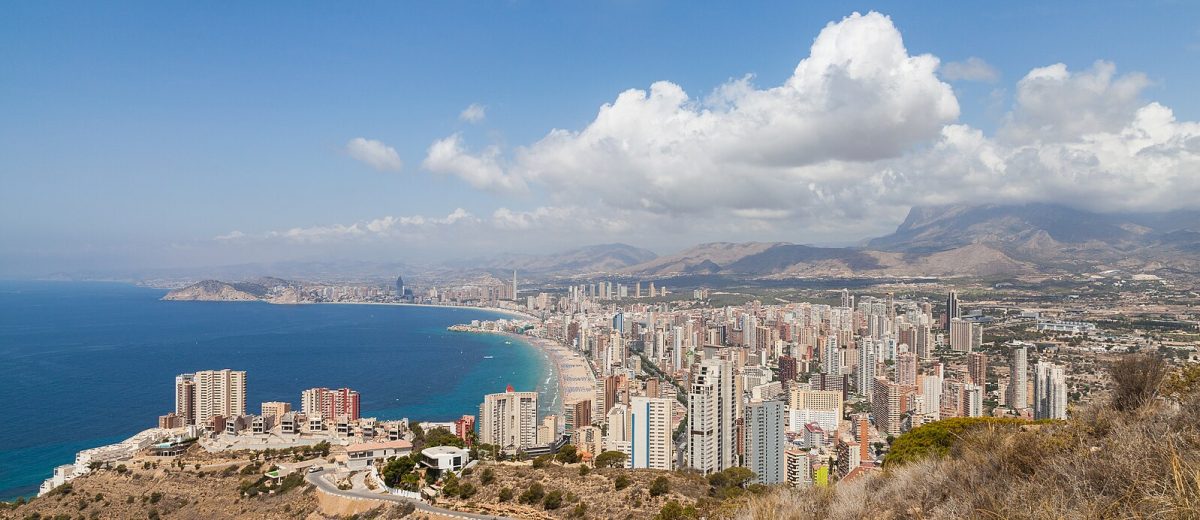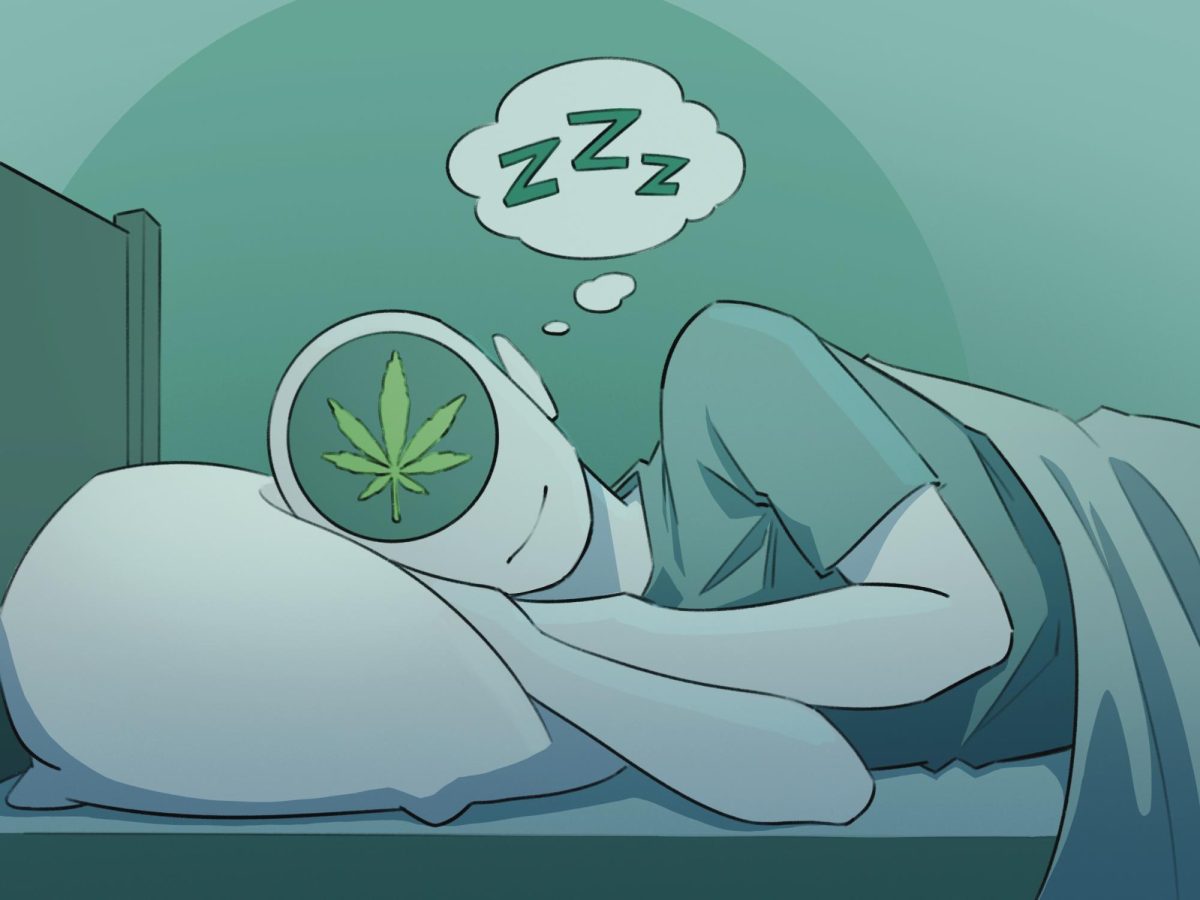New York experienced its first total solar eclipse since 1925 on April 8, and its first eclipse since the partial eclipse in 2017. The celestial event occurred between 2:10 p.m. and 4:30 p.m. and reached its peak in New York City around 3:25 p.m.
A total solar eclipse, defined by NASA, is “when the Moon passes between the Sun and Earth, completely blocking the face of the Sun” whereby, “The sky will darken as if it were dawn or dusk.”
Many New Yorkers gathered at parks and piers to enjoy the viewing of the solar eclipse.
The impact of the eclipse was visible outside of New York as well.
NASA reported that the path of the eclipse’s totality in the United States began in Texas and went up to Maine. While only 89.6% of the sun was covered by the moon in NYC, some cities like Dallas and Cincinnati were able to experience a 100% blockage.
Fifteen states experienced totality, including parts of Tennessee and Michigan as well as Missouri and Illinois. The eclipse’s totality spanned from Mazatlán, Mexico to Newfoundland, Canada.
All of the U.S. was able to view at least a partial solar eclipse.
Though observing the eclipse was a special and exciting experience, viewers needed to take caution to protect their eyes as they looked on.
“Viewing any part of the bright Sun through a camera lens, binoculars, or a telescope without a special-purpose solar filter secured over the front of the optics will instantly cause severe eye injury,” NASA explained.
NASA urged that to safely view the eclipse, one should use the recommended eclipse glasses that have a protective filter against harmful ultraviolet rays.
New York State ensured that appropriate solar viewing glasses were made available in multiple locations across the city, including ticket windows at some Long Island Railroad stations and branches of The New York Public Library.
The supply of free glasses ran out quickly and many scrambled to find affordable eclipse glasses, leading to counterfeit glasses being sold. With the next total solar eclipse two decades away, many can choose to keep their eclipse glasses or donate them. The New York Hall of Science is collecting eclipse glasses to donate to Latin American children for their upcoming eclipse in August. Glasses can be brought to NYSCI or mailed.


